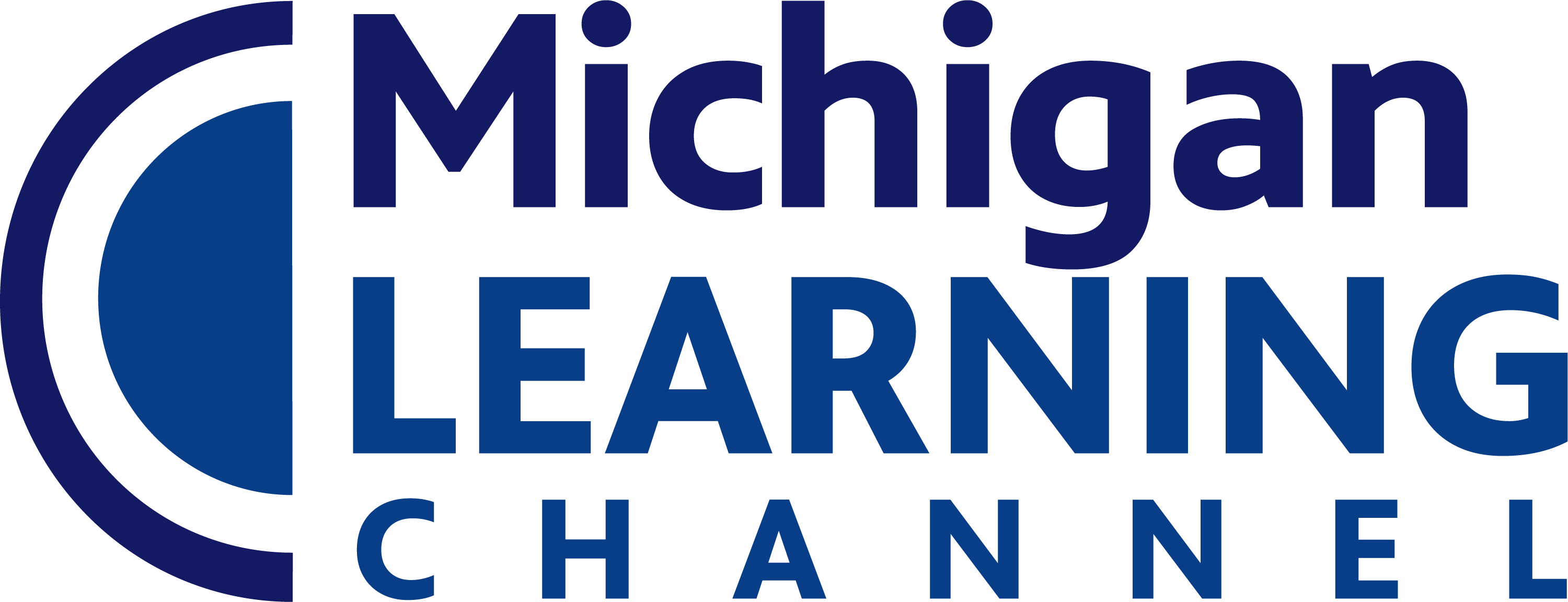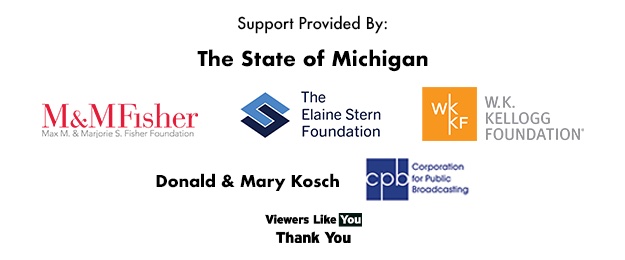Subjects
Shows
I can write an opinion piece that includes an introduction, supporting reasons, and a concluding statement.
Write informative/explanatory texts to examine a topic and convey ideas and information clearly.
I can develop a topic with facts, definitions and details. I can group facts and related information together about a [...]
I can use linking words and phrases and transition words to connect my ideas. I can use illustrations to help [...]
Write narratives to develop real or imagined experiences or events using effective technique, descriptive details, and clear event sequences.
I can ask questions to show I understand important details in a story. I can answer questions to show I [...]
I can closely read and understand grade level text independently. I can read fluently (easy, smooth and automatic) grade level [...]
I can retell stories (including fables, folktales and myths) in my own words. I can define the central message, lesson [...]
I can describe characters in a story using character traits. I can describe characters is a story using physical characteristics. [...]
I can use strategies (eg., context clues, root words, affixes) to determine the meaning of words and phrases as they [...]
I can explain how stories, dramas, and poems are written in different forms (eg., section chapter, scene, or stanza. I [...]
I can define point of view (in a story, drama, poem). I can distinguish between a narrator's point of view [...]
I can identify illustrations that support the story. I can explain how illustrations contribute to the words in the story. [...]
I can define theme. I can define setting. I can define plot. I can identify themes, settings, and plots in [...]
I can ask questions to demonstrate my understanding of an informational text. I can answer questions using specific details from [...]
By the end of the year, read and comprehend informational texts, including history/social studies, science, and technical texts, at the [...]
I can define the main idea (in an informational text). I can identify key ideas from an informational text. I [...]
I can define event, procedure, idea and concept. I can identify events, procedures, ideas, and/or concepts in different types of [...]
I can identify general academic words or phrases. I can identify domain specific words or phrases (content). I can use [...]
I can identify and give examples of text features and search tools. I can explain how text features and search [...]
I can define point of view (in an informational text). I can determine point of view of the author (in [...]
I can explain how illustrations in a text add meaning to the words. I can use information from illustrations to [...]
I can describe connections made between sentences and/or paragraphs within the text. I can identify words authors use to help [...]
I can find the most important points and key details found in two texts on the same subject. I can [...]
Know and apply grade-level phonics and word analysis skills in decoding words.
Recognize area as additive. Find areas of rectilinear figures by decomposing them into non-overlapping rectangles and adding the areas of [...]
Solve real world and mathematical problems involving perimeters of polygons, including finding the perimeter given the side lengths, finding an [...]
Understand that shapes in different categories (e.g., rhombuses, rectangles, and others) may share attributes (e.g., having four sides), and that [...]
Partition shapes into parts with equal areas. Express the area of each part as a unit fraction of the whole. [...]
Understand a fraction 1/b as the quantity formed by 1 part when a whole is partitioned into b equal parts; [...]
Understand a fraction as a number on the number line; represent fractions on a number line diagram. (Grade 3 expectations [...]
Represent a fraction 1/b on a number line diagram by defining the interval from 0 to 1 as the whole [...]
Represent a fraction a/b on a number line diagram by marking off a lengths 1/b from 0. Recognize that the [...]
Develop understanding of fractions as numbers. Explain equivalence of fractions in special cases, and compare fractions by reasoning about their [...]
Understand two fractions as equivalent (equal) if they are the same size, or the same point on a number line. [...]
Recognize and generate simple equivalent fractions (e.g., 1/2 = 2/4, 4/6 = 2/3), Explain why the fractions are equivalent, e.g., [...]
Express whole numbers as fractions, and recognize fractions that are equivalent to whole numbers. Examples: Express 3 in the form [...]
Compare two fractions with the same numerator or the same denominator, by reasoning about their size, Recognize that valid comparisons [...]
Apply properties of operations as strategies to multiply and divide. Examples: If 6 × 4 = 24 is known, then [...]
Understand division as an unknown-factor problem. For example, divide 32 ÷ 8 by finding the number that makes 32 when [...]
Fluently multiply and divide within 100, using strategies such as the relationship between multiplication and division (e.g., knowing that 8 [...]
Solve two-step word problems using the four operations. Represent these problems using equations with a letter standing for the unknown [...]
Identify arithmetic patterns (including patterns in the addition table or multiplication table), and explain them using properties of operations. For [...]
Use place value understanding to round whole numbers to the nearest 10 or 100.
Fluently add and subtract within 1000 using strategies and algorithms based on place value, properties of operations, and/or the relationship [...]
Multiply one-digit whole numbers by multiples of 10 in the range 10-90 (e.g., 9 × 80, 5 × 60) using [...]
Tell and write time to the nearest minute and measure time intervals in minutes. Solve word problems involving addition and [...]
Measure and estimate liquid volumes and masses of objects using standard units of grams (g), kilograms (kg), and liters (l). [...]
Subjects
Shows
I can write an opinion piece that includes an introduction, supporting reasons, and a concluding statement.
Write informative/explanatory texts to examine a topic and convey ideas and information clearly.
I can develop a topic with facts, definitions and details. I can group facts and related information together about a [...]
I can use linking words and phrases and transition words to connect my ideas. I can use illustrations to help [...]
Write narratives to develop real or imagined experiences or events using effective technique, descriptive details, and clear event sequences.
I can ask questions to show I understand important details in a story. I can answer questions to show I [...]
I can closely read and understand grade level text independently. I can read fluently (easy, smooth and automatic) grade level [...]
I can retell stories (including fables, folktales and myths) in my own words. I can define the central message, lesson [...]
I can describe characters in a story using character traits. I can describe characters is a story using physical characteristics. [...]
I can use strategies (eg., context clues, root words, affixes) to determine the meaning of words and phrases as they [...]
I can explain how stories, dramas, and poems are written in different forms (eg., section chapter, scene, or stanza. I [...]
I can define point of view (in a story, drama, poem). I can distinguish between a narrator's point of view [...]
I can identify illustrations that support the story. I can explain how illustrations contribute to the words in the story. [...]
I can define theme. I can define setting. I can define plot. I can identify themes, settings, and plots in [...]
I can ask questions to demonstrate my understanding of an informational text. I can answer questions using specific details from [...]
By the end of the year, read and comprehend informational texts, including history/social studies, science, and technical texts, at the [...]
I can define the main idea (in an informational text). I can identify key ideas from an informational text. I [...]
I can define event, procedure, idea and concept. I can identify events, procedures, ideas, and/or concepts in different types of [...]
I can identify general academic words or phrases. I can identify domain specific words or phrases (content). I can use [...]
I can identify and give examples of text features and search tools. I can explain how text features and search [...]
I can define point of view (in an informational text). I can determine point of view of the author (in [...]
I can explain how illustrations in a text add meaning to the words. I can use information from illustrations to [...]
I can describe connections made between sentences and/or paragraphs within the text. I can identify words authors use to help [...]
I can find the most important points and key details found in two texts on the same subject. I can [...]
Know and apply grade-level phonics and word analysis skills in decoding words.
Recognize area as additive. Find areas of rectilinear figures by decomposing them into non-overlapping rectangles and adding the areas of [...]
Solve real world and mathematical problems involving perimeters of polygons, including finding the perimeter given the side lengths, finding an [...]
Understand that shapes in different categories (e.g., rhombuses, rectangles, and others) may share attributes (e.g., having four sides), and that [...]
Partition shapes into parts with equal areas. Express the area of each part as a unit fraction of the whole. [...]
Understand a fraction 1/b as the quantity formed by 1 part when a whole is partitioned into b equal parts; [...]
Understand a fraction as a number on the number line; represent fractions on a number line diagram. (Grade 3 expectations [...]
Represent a fraction 1/b on a number line diagram by defining the interval from 0 to 1 as the whole [...]
Represent a fraction a/b on a number line diagram by marking off a lengths 1/b from 0. Recognize that the [...]
Develop understanding of fractions as numbers. Explain equivalence of fractions in special cases, and compare fractions by reasoning about their [...]
Understand two fractions as equivalent (equal) if they are the same size, or the same point on a number line. [...]
Recognize and generate simple equivalent fractions (e.g., 1/2 = 2/4, 4/6 = 2/3), Explain why the fractions are equivalent, e.g., [...]
Express whole numbers as fractions, and recognize fractions that are equivalent to whole numbers. Examples: Express 3 in the form [...]
Compare two fractions with the same numerator or the same denominator, by reasoning about their size, Recognize that valid comparisons [...]
Apply properties of operations as strategies to multiply and divide. Examples: If 6 × 4 = 24 is known, then [...]
Understand division as an unknown-factor problem. For example, divide 32 ÷ 8 by finding the number that makes 32 when [...]
Fluently multiply and divide within 100, using strategies such as the relationship between multiplication and division (e.g., knowing that 8 [...]
Solve two-step word problems using the four operations. Represent these problems using equations with a letter standing for the unknown [...]
Identify arithmetic patterns (including patterns in the addition table or multiplication table), and explain them using properties of operations. For [...]
Use place value understanding to round whole numbers to the nearest 10 or 100.
Fluently add and subtract within 1000 using strategies and algorithms based on place value, properties of operations, and/or the relationship [...]
Multiply one-digit whole numbers by multiples of 10 in the range 10-90 (e.g., 9 × 80, 5 × 60) using [...]
Tell and write time to the nearest minute and measure time intervals in minutes. Solve word problems involving addition and [...]
Measure and estimate liquid volumes and masses of objects using standard units of grams (g), kilograms (kg), and liters (l). [...]


